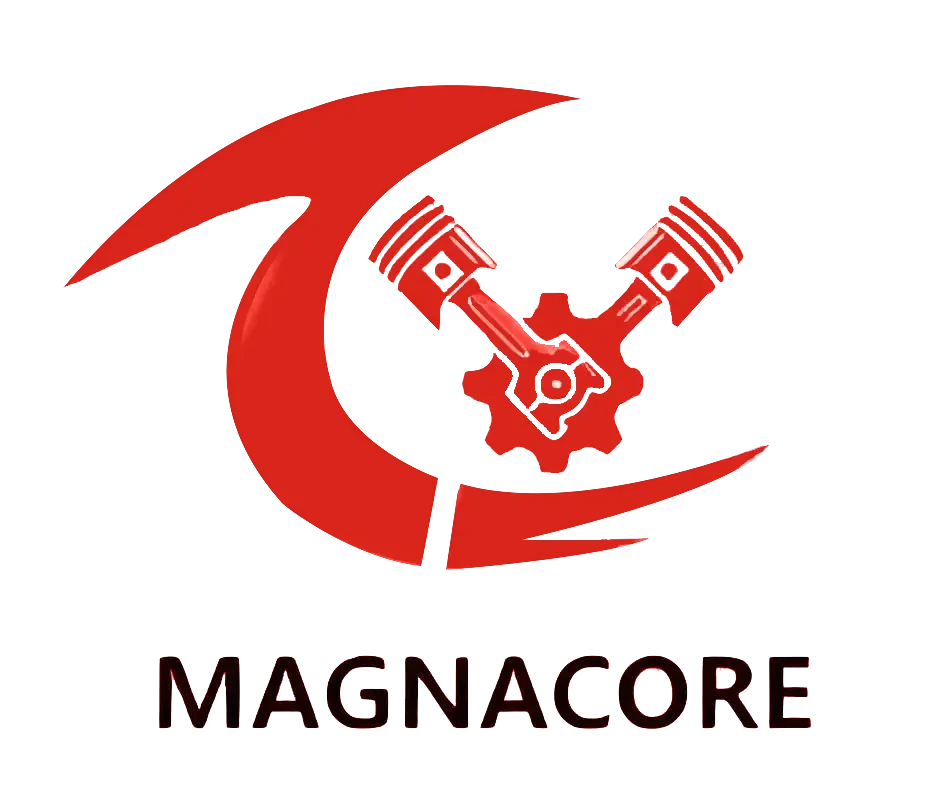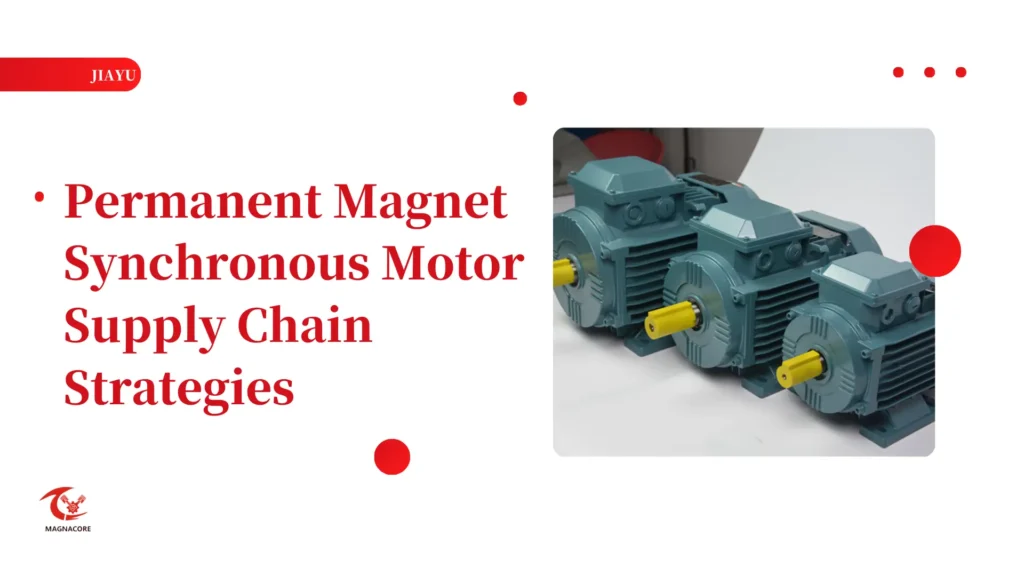In fact, PMSMs are used all around the automotive, manufacturing, or renewable energy industry, being an efficient convertor for motor-torque at lower speeds-one area of application are electric vehicles-and robotics.
They convert energy into consumption-and such efficiency leads to fewer costs and lower carbon footprints as companies want to achieve.
Generally, PMSMs will play a greater and greater role in the future of sustainability because of changing industry trends.
A comprehensive supply chain strategy involves sourcing, logistics, inventory management, and quality assurance.
With these components working together, an organization can run its business optimally with regard to addressing customer needs and demands, keeping within limits regarding quality, and cost minimization.
To make sure that an organization creates a fully integrated supply chain compatible with business objectives, it is crucial to understand all the subtleties of each area.
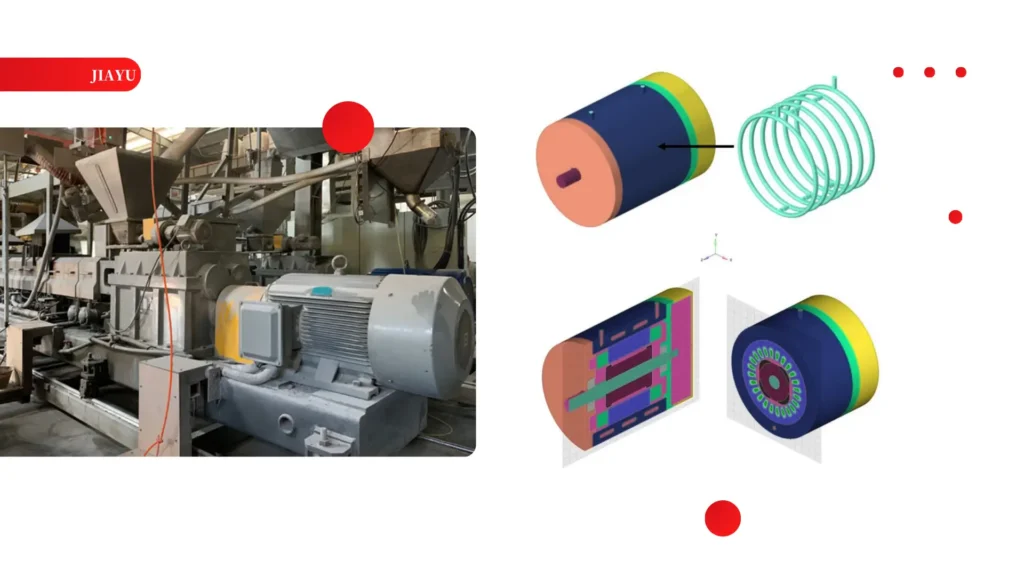
Quality Assurance in Permanent Magnet Synchronous Motors
Quality Assurance Definition
Quality assurance (QA) denotes the systematic processes pursued by organizations to ensure that all products manufactured meet the established requirements, and standards.
For PMSMs, this is the element within quality assurance that encompasses every phase of the production process-from selection of raw materials to final testing-to ensure reliable operation and efficient performance of electric motors.
Quality and PMSMs
The quality of PMSMs is crucial concerning their performance and life expectancy.
They are constructed to minimize maintenance costs and downtime, detrimental to operations dependent on these phasing systems.
The customers expect increasingly reliable and efficient products, thus making quality assurance one of the most significant differentiating aspects of the highly competitive market
Methods for Quality Assurance
Material Sourcing
High-grade quality materials are imperative for appropriate components such as magnets and rotor parts.
This ensures performance enhancement in being durable; reliability too is added in this whole perspective of motors.
Testing Procedures
To meet all standards, carrying out performance tests and thermals would be a prospective test once implemented to production units where comprehensive testing at every motor leaves from its place of assembly.
Supplier Audits
Regular evaluations of suppliers ensure that quality standards abound and every component satisfies the specifications set.
Industry Standards and Certifications
ISO 9001 certifications are only a few of the world’s standards with which an industry-compliant producer can brag of its products.
This proves to be a valuable asset as not only does it enhance the reputation of the company, but it also assures the customers without any doubt regarding the quality of the products.
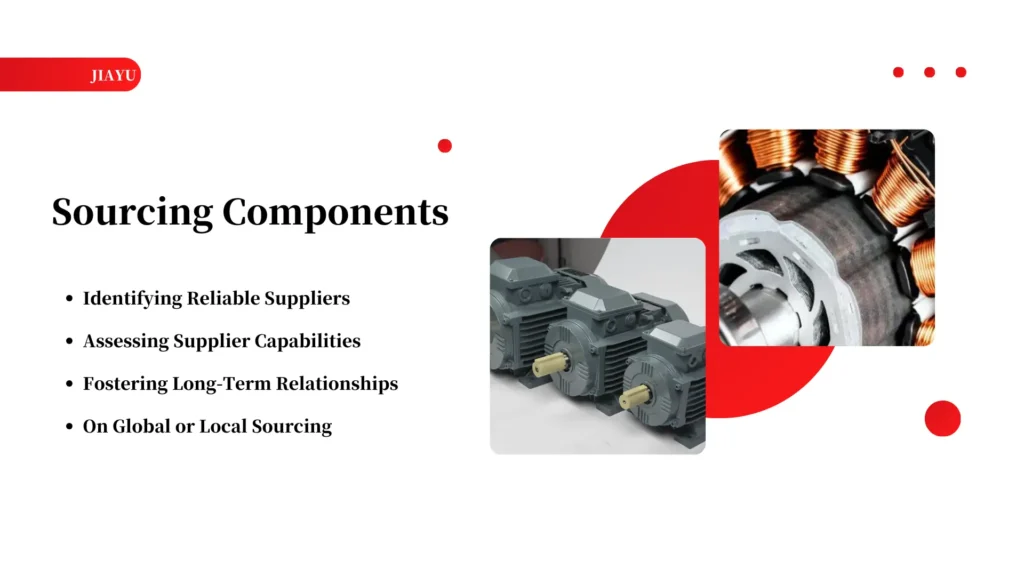
What Are the Best Practices for Sourcing Components for PMSMs?
Identifying Reliable Suppliers
Trustworthy suppliers have a seminal role to play in ensuring that PMSMs are produced at the right quality and consistency.
While most businesses should prioritize getting a proven supplier with an excellent reputation among clients for being squeaky clean in dealings, a rigorous vetting process can go some way in insulating the company from risks associated with sourcing low-quality components.
Assessing Supplier Capabilities
Assessing a supplier’s ability to meet production demands and quality standards has to do with their production capacity, technological capabilities, and adherence to quality control processes.
Strong suppliers should be able to accommodate changes in requirements and deliver components on time.
Fostering Long-Term Relationships
Building solid relationships between suppliers and customers tends to facilitate improved communication and collaboration in addition to more favorable pricing.
Long-term relationships also motivate suppliers to focus on your business for the best possible service.
On Global or Local Sourcing
The choice between global buying or local sourcing can be best made when advantages and disadvantages for either sourcing are weighed up.
Global suppliers may offer cost benefits, while local suppliers are at faster turnaround and less shipping cost, a consideration that may be key to production schedules.
What Strategies Are Effective for Inventory Management?
Important Factors in Inventory Management
Inventory management is very important for ensuring constant production within an organization.
It will help in carrying costs and sickening stock out thereby improving service deliveries to customers through proper inventory management.
Just-In-Time Inventories
Just-in-time inventory maximizes the savings in storage costs through limiting the complete goods received only for processing in the production process.
Waste is minimized and shows a maximum with the cheapest use of resources.
However, employing this technique necessitates reliable suppliers to avert sales and production delay.
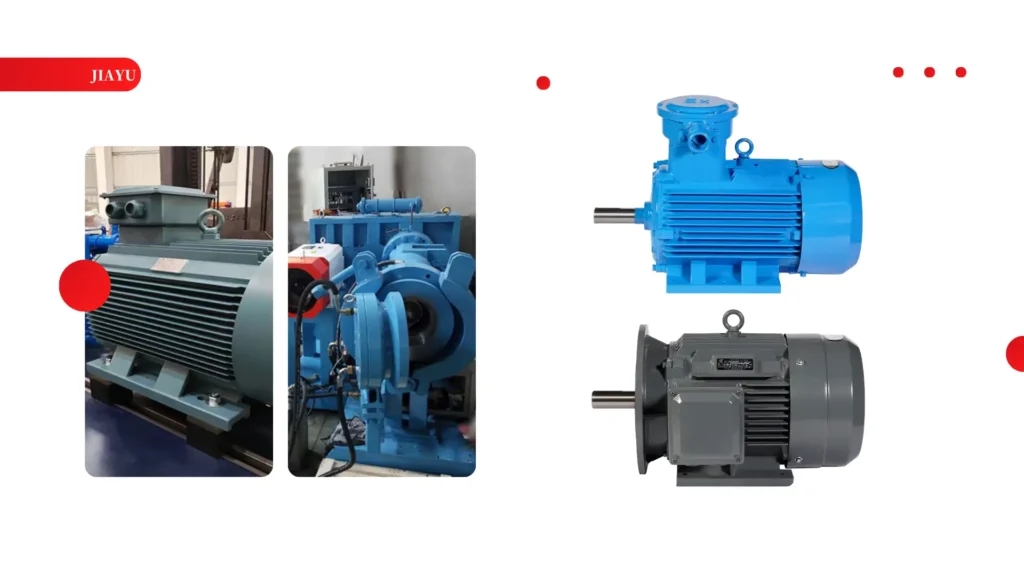
Safety Stock Considerations
Maintaining safety stocks lets enterprises adjust to unexpected changes in demand and provide some continuity in the case of supply chain disruption.
Having some critical components in stock can buffer operations against sudden disruption.
Use of Technology in Inventory Management
It is an advanced inventory management system, which will optimize work operations through stocks imported in real-time availability, forecasted better, and make the complete working process more efficient.
The use of automation ensures a huge reduction in human error that leads to records about inventories being more accurate.
What Are the Key Considerations for Logistics and Distribution?
Vitality of Logistics in Supply Chain
Without efficient logistics, timely delivery of products and customer satisfaction are never possible.
A good logistics strategy will serve as an aid in this time of challenges to the companies which include variable demand and transportation delays.
Distribution Channel Selection
The right distribution channels influence the time and cost of delivery.
Businesses have to consider relationships such as customer preferences with their channels of shipment, speed, and affordability in selecting the means of distribution.
Management of Transport
Transportation logistics optimization is required to minimize costs and improve the efficiency of delivery.
It provides the best solution for shipment undertaking whether one would opt for different modes of transport or different routes.
Technology Role
Such technologies as GPS tracking and route optimization software can facilitate the process of logistics management because they allow real-time access to shipments and thus improve decisions made.
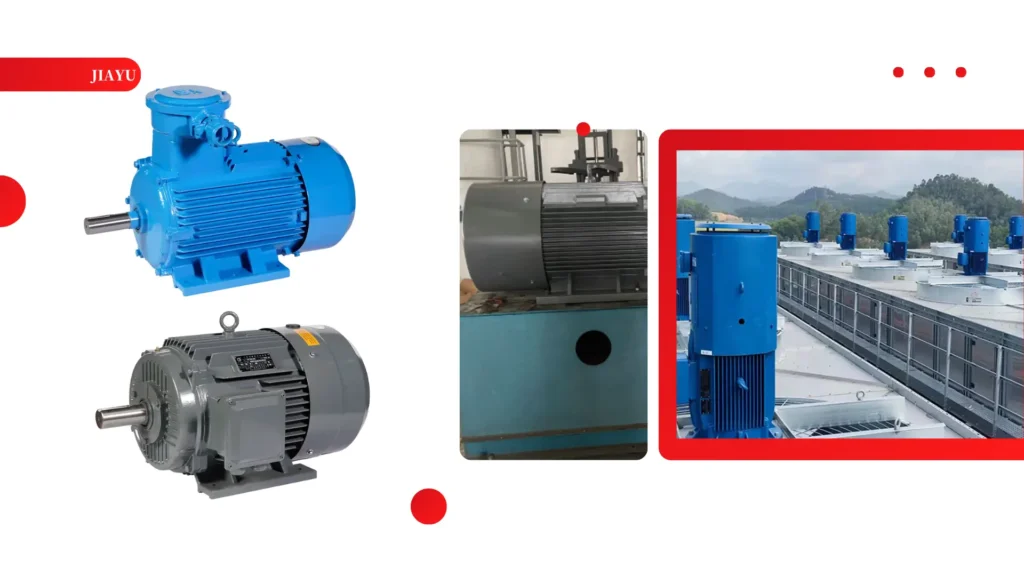
How Can U Effectively Manage Risk in the Supply Chain?
Assessing Possible Risks
Identifying potential risks such as possible disruptions to supply, quality problem, and natural disaster is the first stage of generating a sound risk management strategy.
Proactive identification allows organizations to prepare for and mitigate these risks.
Setting Up Contingency Plans
When faced with unexpected circumstances, strong contingency plans can prepare firms to respond.
Diversified sourcing strategies, communication protocols, and adjustments to the business operations would be listed in such plans to contain the implications of the interruption.
Health Monitoring of the Supply Chain
Reviewing the health of the supply chain regularly reveals other weak points and improvement areas.
For example, lead times, vendor performance, and inventory turnover can indicate supply chain activity.
Collaboration for Partners
Increased coordination with the suppliers and the logistics partners helps enhance an organization’s risk Management strategies.
The openness in the communication, and the collaboration tends to develop a process of joint problem-solving and establishing more resilient supply chain practices.
Sustainability in the Supply Chain
Role of Sustainability
Increasing brand image and environmental compliance necessitate adding sustainable practices in businesses.
More consumers become conscious of what their purchases do to the environment, which provides a competitive edge on sustainability.
Unleashing Eco-Friendly Resources
Eco-friendly materials such as recycled metals and sustainable packaging could help PMSMs achieve lowered environmental footprints.
This is not just being greener towards eco-conscious customers, but aligning with the world’s sustainability goals.
Minimizing Waste
Waste reduction strategies, for instance: lean manufacturing practices, will probably save most costs.
Waste generated during production can be reduced, and this can improve the efficiency of a company, thereby also reducing its overall environmental footprint.
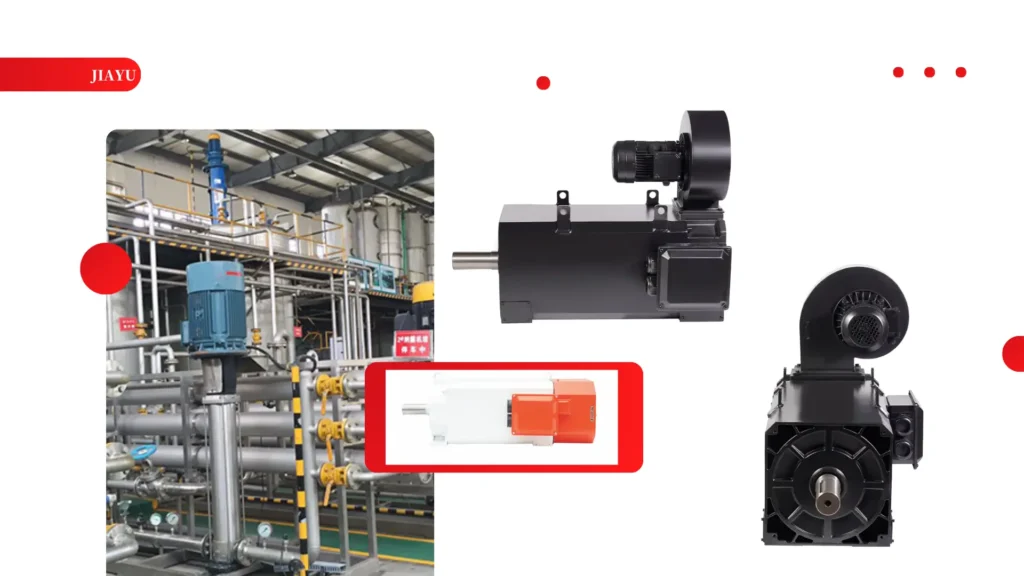
Sustainable Logistics Practices
Power from sustainable sources will be available for more journeys using energy-efficient transportation, such as electric vehicles, optimized shipping routes, etc.
Companies should seek to balance cost-effectiveness balanced with environmental considerations in their logistics strategies.
Innovations in PMSM Supply Chain Management
Emerging Technologies
The emerging technologies like artificial intelligence and internet of things revolutionize PMSM supply chain.
They equip data manipulation and better decision making.
Predictive Analytics
Adopting predictive analytics will enable organizations to anticipate demand and adjust production schedules accordingly.
Historical data and market study will give rise to informed decisions that lead to better inventory management, less cost.
Automation in Manufacturing
Manufacturing processes will be made economical and efficient by automation.
Robotics and automated systems have the advantage of streamlining tasks and therefore faster turnaround times and improved quality in the product.
Collaboration Platforms
Collaboration platforms provide an avenue for better communication and synchronization among supply chain partners.
Information sharing and joint planning within these platforms lead to increases in collaboration and efficiency across the supply chain.
Conclusion
Clearly defined supply chain strategies mean that PMSMs manufacture them in the most efficient way with consistent quality.
Strong supply chains based on effective quality assurance, sourcing, inventory, and logistics align with customers’ needs.
Strategically integrate these into the company and improve operation efficiency of the business and save costs while increasing competitiveness in the marketplace.
Supply chain optimization naturally impacts performance enhancement and improvement in customer satisfaction.
Keeping track of emerging supply chain technologies may even be more critical in the future because the state of technology keeps changing.
The companies that pursue and align their strategies with these changes will have a better chance of thriving in the evolving business environment.
